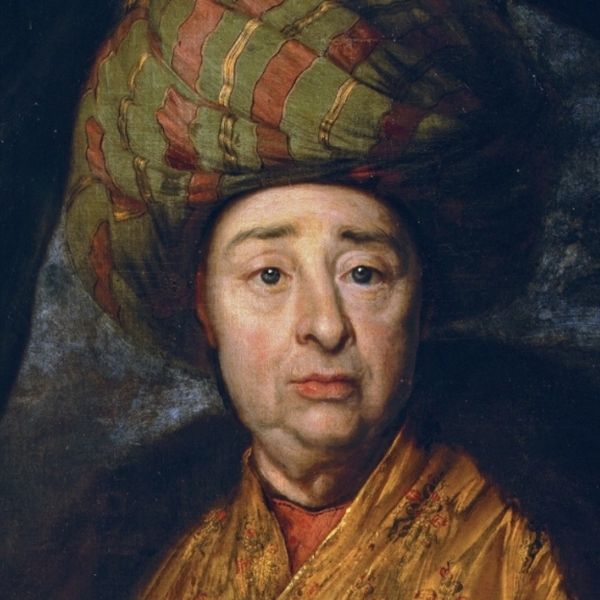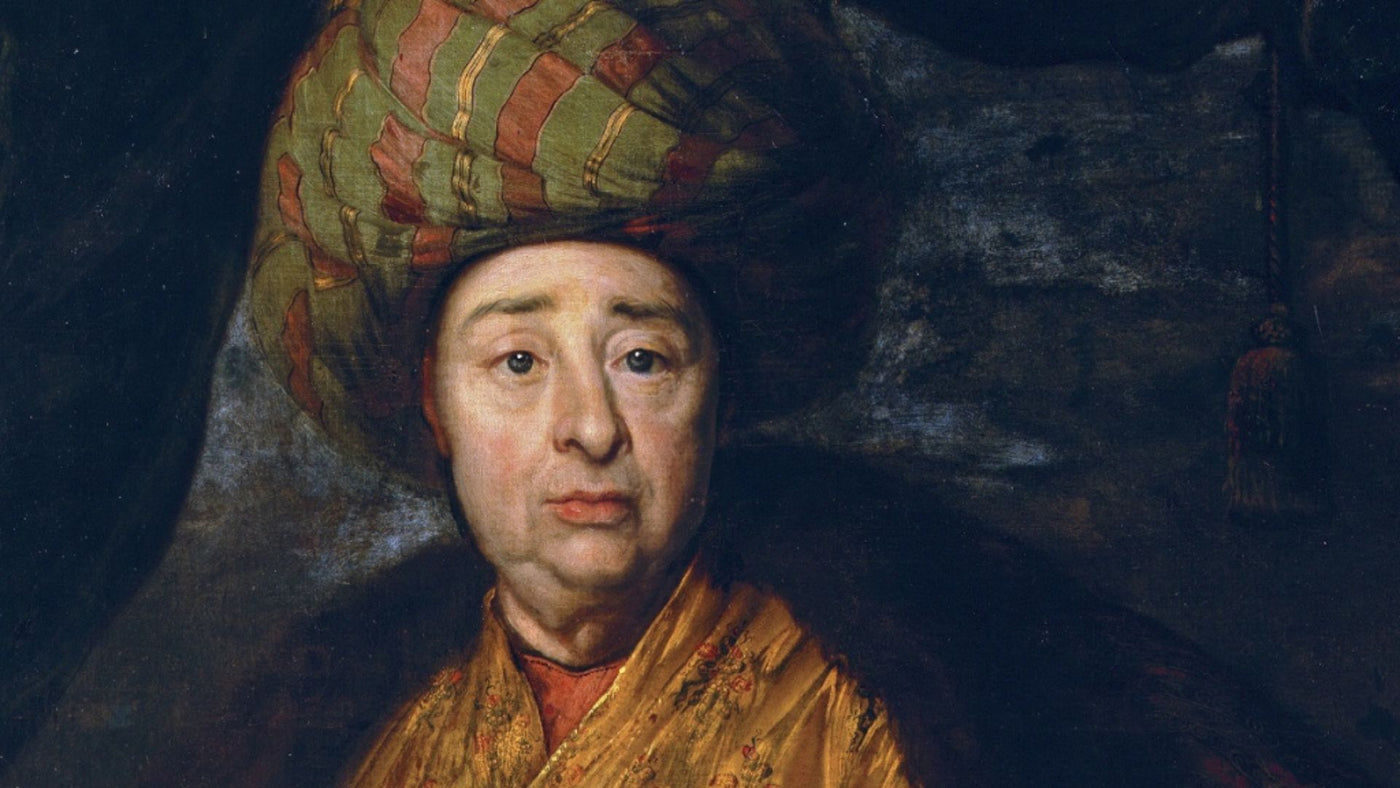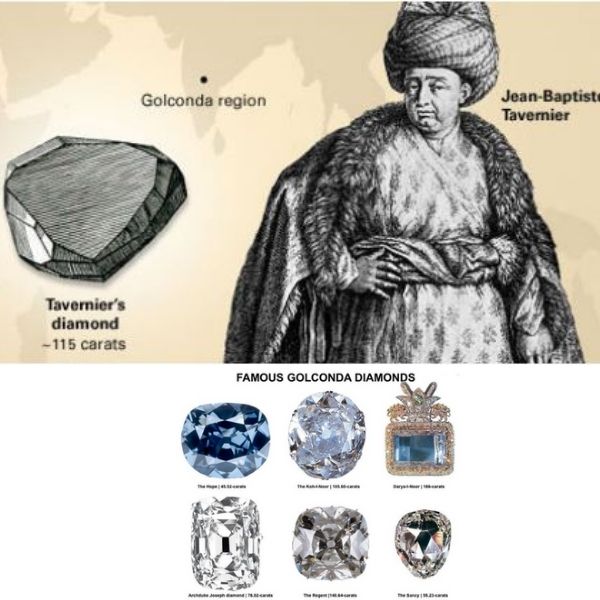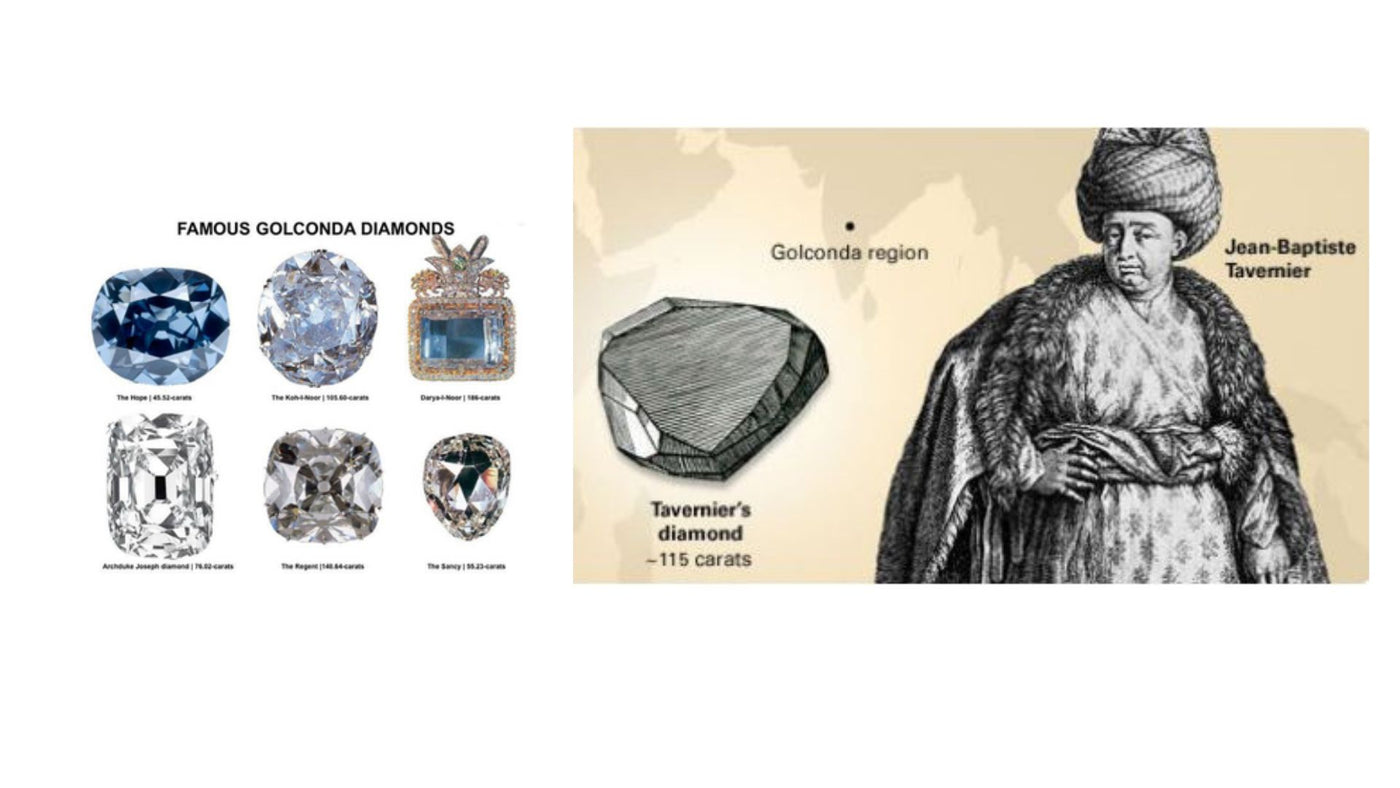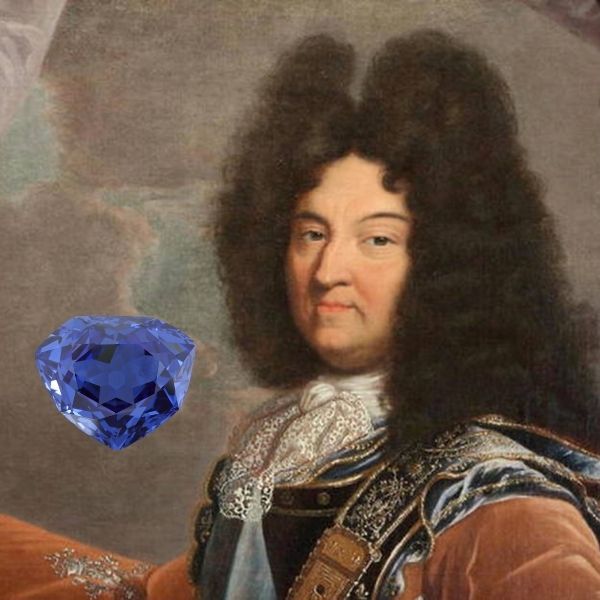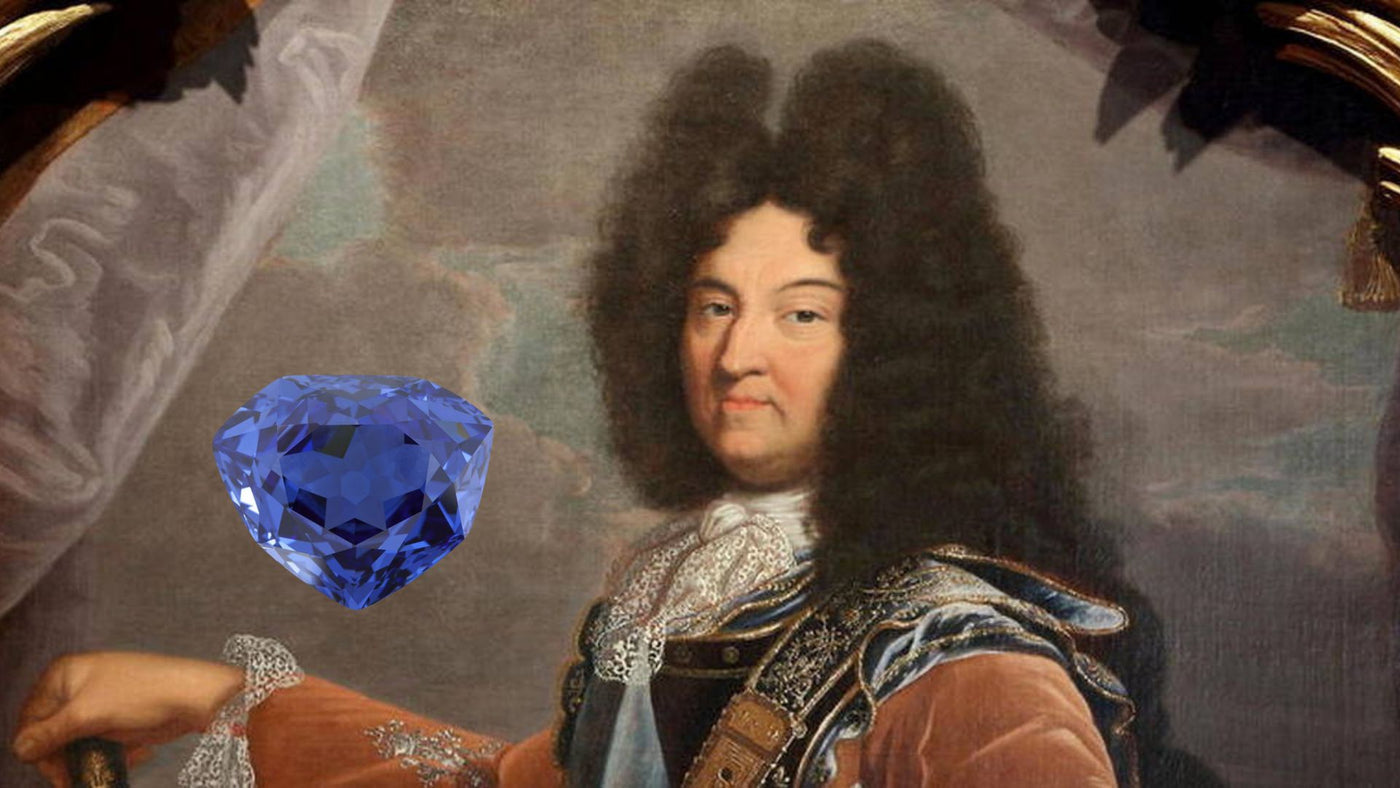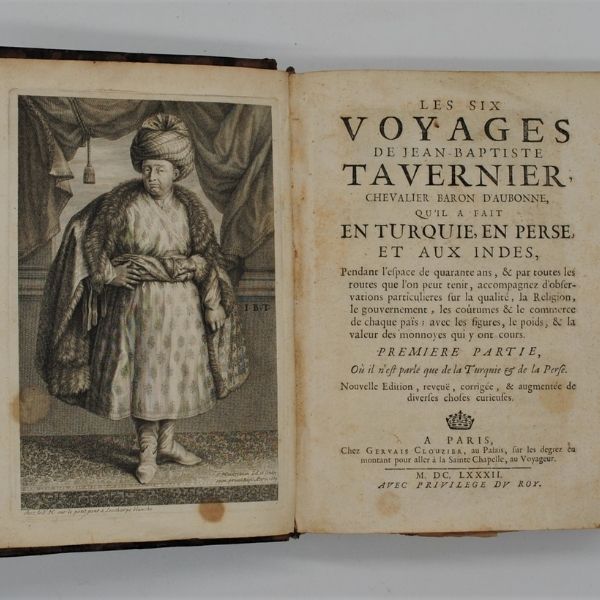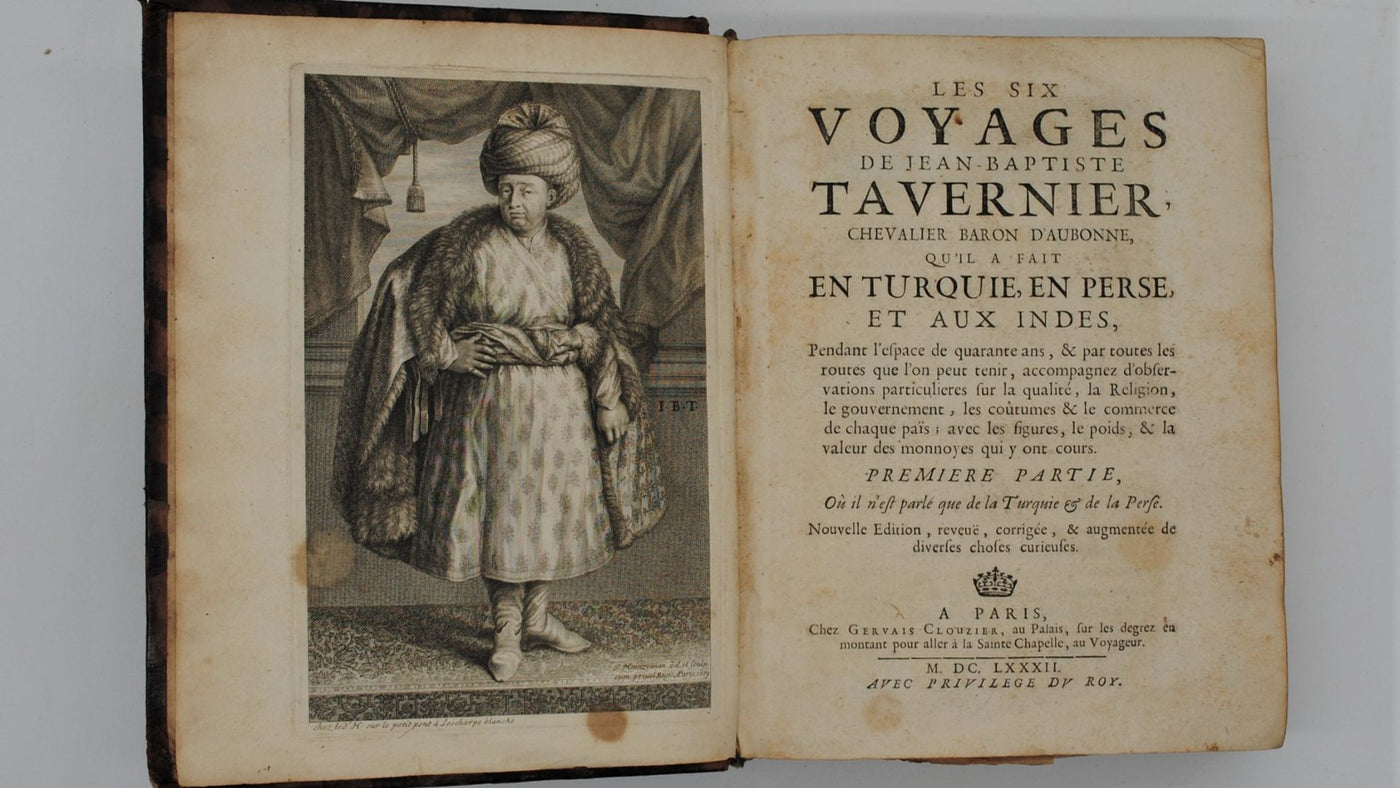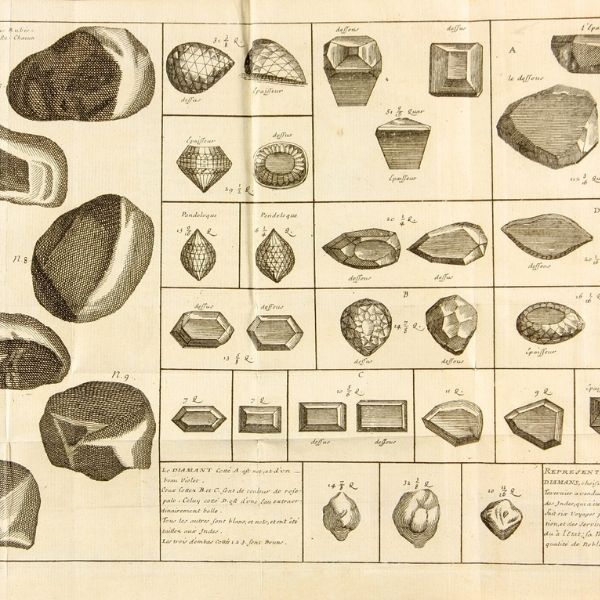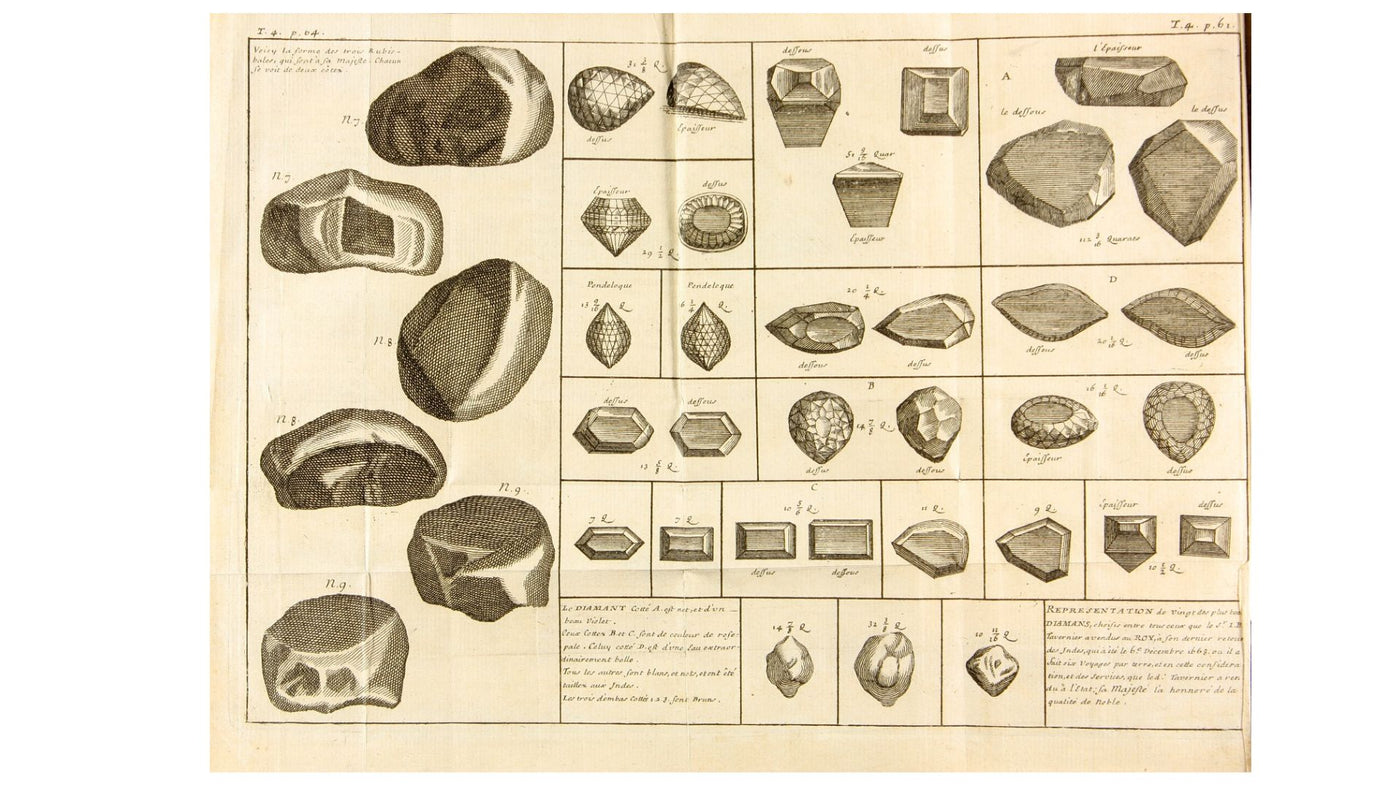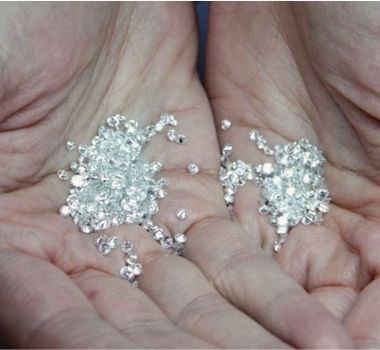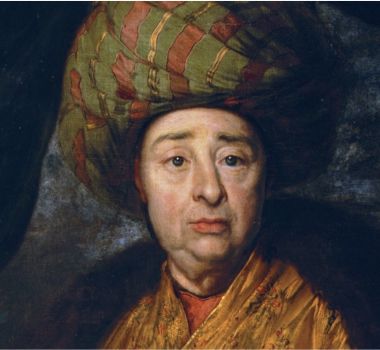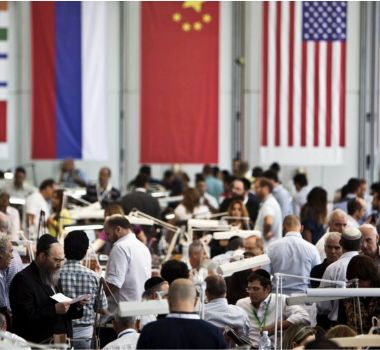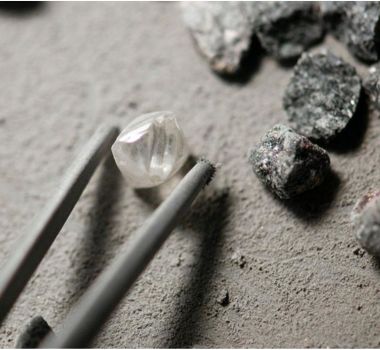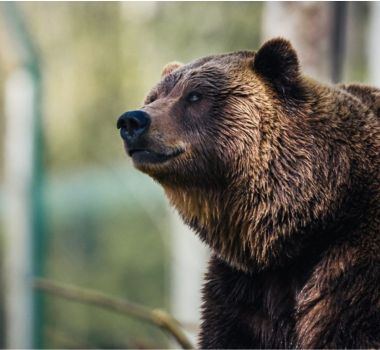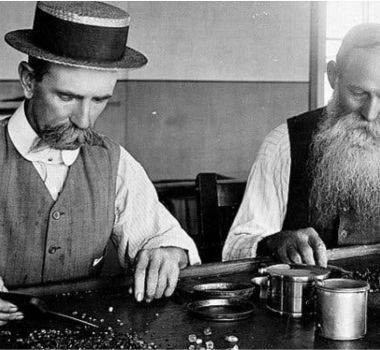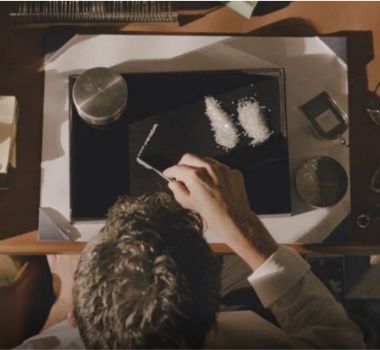
Jean-Baptiste Tavernier, French diamond dealer of the 17th century
Tavernier, the first diamond dealer and pioneer of the diamond trade in the 17th century
The origins of the diamond trade dates back to the 17th century with Jean-Baptiste Tavernier, a French merchant and great traveler, who was the pioneer of trade between Europe and Asia, and more particularly with India. Born in Paris in 1605, Jean-Baptiste Tavernier was first a passionate collector before becoming a diamond dealer. His father, a map dealer, belonged to the Protestant families of Antwerp, which were persecuted at the time. He fled the persecutions to France.
Tavernier excels in the diamond trade
Before entering the world of diamonds, Tavernier was a great collector of furniture, silks and pearls, which he sold in the greatest royal courts. During his numerous travels, he became increasingly better trained in the trade of watches, jewelry and precious stones. It should be noted that in the 17th century the use of watches was an aristocratic privilege. His noble clientele already earned him a certain distinction in the world of trading and attracted certain covetousness. To ensure his safety during his travels, he offered gifts to the most powerful people of the countries he crossed in order to obtain their protection in exchange. He got stones from India, had them mounted and set in France, and then sold them in Asia. Indeed, India, from the 8th century BC to the 18th century, was the only source of diamond extraction, especially with the Golconde mines.
The appearance of diamonds in art in the 17th century
During the 17th century, trade between Europe and Indians developed and gradually spread to all levels of the population. In the manufacture of jewelry, metal gradually gave way to gems whose sizes were multiplied and optimized. We then discover the technical innovations on the cutting of the diamond in various facets in order to optimize its brightness. From Tavernier's stories, we learn that the technique of faceting was well known in the 16th and 17th centuries, both in Europe and in India. In both continents the technique used was more or less similar: after cleaving and cutting, the stone was covered on the facets to hide its "defects". If the diamonds did not have any defects, a roulette over and below was enough, without a real cut, to avoid reducing the weight of the diamond.
The blue diamond of Louis XIV
In 1668, King Louis XIV bought the entire magnificent cargo brought back by Tavernier during his sixth trip to India: precious objects, jewels, pearls and 1,083 diamonds for a total of 900,000 pounds. One incredible piece stood out from the rest: a large blue diamond of a remarkable color, "Le Bleu de France" or "Bleu de Tavernier", which became the blue diamond of the French crown. It was Jean Pittan who had the merit of cutting this magnificent diamond at the request of Louis XIV who included it in the insignia of the Order of the Golden Fleece. It represents the largest blue diamond ever discovered to date.
A bestseller in heritage
At a certain age and at the end of his many journeys, Tavernier decided to publish the story of his adventures. "The Six Trips of Jean-Baptiste Tavernier" (Les Six voyages de Jean-Baptiste Tavernier), published in 1676, is a best-seller which gathers at the same time stories, itinerary notes, customs and commercial rules which will guide and inform other merchants.
The last trip of diamond dealer, Tavernier
Jean-Baptiste Tavernier died in 1689 not far from Moscow. It is there that this passionate traveler completed his last journey and rests in the Protestant cemetery. As an explorer and a pioneer in the field of trade, his memory has certainly left its mark. However, he leaves us much more than a memory and stories: the precious engravings of the 20 largest diamonds he brought back from India, with very strange and atypical shapes.
